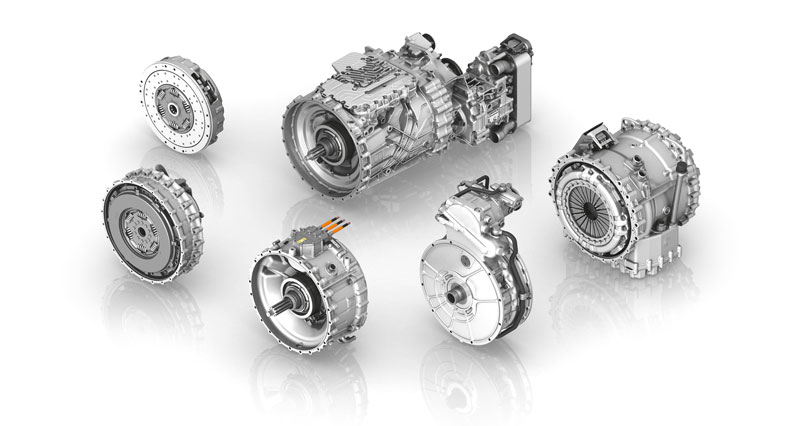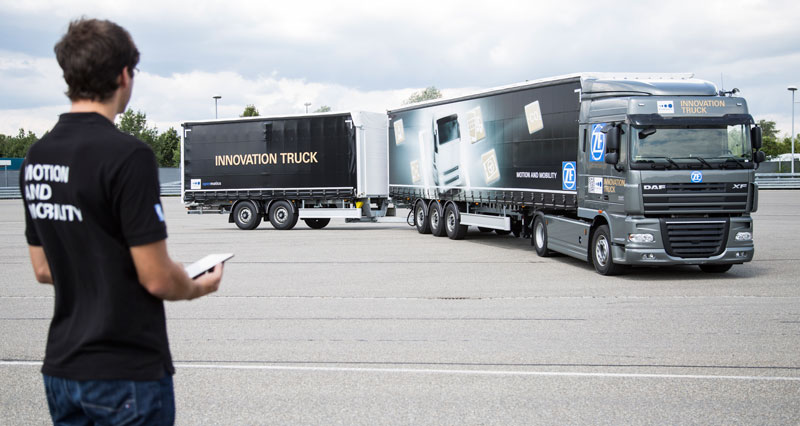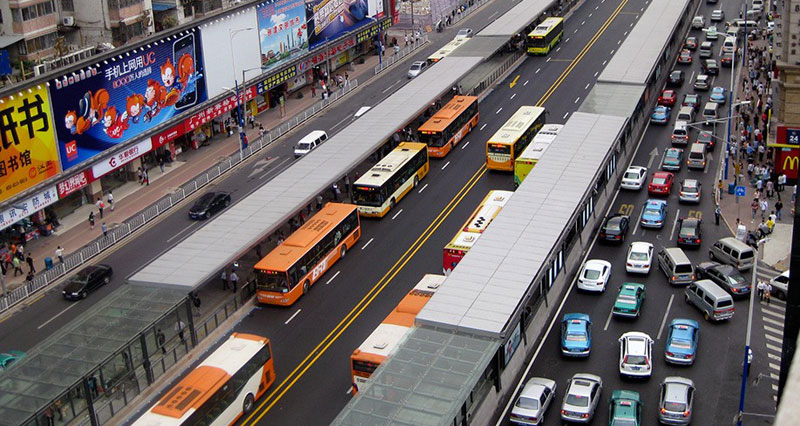- Semi-autonomous maneuvering: ZF Innovation Truck offers ground-breaking assistance functions using intelligent system networking
- Hybrid transmission, steering, and telematic systems work hand in hand on the ZF Innovation Truck
- Substantiated commitment: ZF’s study on the future of transport (ZF-Zukunftsstudie FERNFAHRER), delivers valuable findings on future challenges for professional drivers and logistics companies
Maximum reliability ceased to be the only decisive criterion for modern commercial vehicles a long time ago: In order to be able to meet ever growing demands – whether they are from fleet operators, legislators, or truckers – trucks and buses also have to be more efficient, economical, and environmentally-friendly, as well as safer and more comfortable. ZF Friedrichshafen AG continues to contribute to the achievement of these objectives. The technology company is demonstrating exactly how at the IAA Commercial Vehicles from September 25 to October 2, 2014, in Hall 17, Stand B17.
ZF’s innovations for driveline, chassis, and steering systems have always kept in mind the intelligent interplay between the three. This is because completely new functions can derive from the networking of individual systems, as is shown by the ZF Innovation Truck at its trade fair debut at the IAA 2014: The hybrid version of the TraXon automatic transmission system is combined with the Servotwin superimposed steering system and telematics solutions from Openmatics in this truck prototype. In this way, the truck,which is more than 25 meters long incl. semitrailer and trailer, can be remotely maneuvered conveniently and safely using a tablet – and it is locally emission-free because only the electric motor in the hybrid system is active during the process.
Just how important such assistance functions could be in future generations of vehicles is underlined in FERNFAHRER, ZF’s study on the future of transport – a study the technology company will discuss with partners in Hanover. One of the conclusions of the study is that the logistics sector will undergo greater industrialization in the future. In the light of the already noticeable shortage of drivers, truckers will in future concentrate more on the actual activity of driving. The loading and unloading on the ramp must then be separated from the actual driving activities.

Leveraging efficiency potential in trucks
As the latest development in commercial vehicle driveline technology, the technology company will be presenting its modular, automatic TraXon transmission system at the IAA 2014 in Hanover. This is particularly versatile and offers for the first time a dual clutch and hybrid module for heavy trucks. The technology company generates additional value added for customers with its extensive electronics expertise. Using intelligent gearshift strategies such as PreVision GPS, the transmission is aware of the route ahead and selects the gears with the same degree of anticipation as a driver on his/her familiar daily route. Furthermore, ZF utilizes its expertise in electrical systems and electronics for efficient hybridized truck drivelines and active chassis systems such as CDC 1XL.
ZF adopts lightweight construction right across the broad product portfolio for trucks – with a particular focus on the chassis. The weight of commercial vehicles is still being reduced thanks to complete front and rear axles, suspension arms, as well as damper modules and systems from ZF. The new independent suspension IS 80 TF for heavy trucks alone saves 40 kilos compared to the current air-spring solid axle which is guided by control arms. Particularly with regard to chassis, downsizing has a positive effect in many ways: For example, a lower curb weight of trucks increases the load capacity, whilst lower unsprung masses increase comfort and reduce bearing wear. Moreover, ZF lightweight technology can compensate for the extra weight associated with the additional components required for the EURO 6 standard.
ZF Lenksysteme GmbH, a joint venture between ZF Friedrichshafen AG and Robert Bosch GmbH, also makes a contribution to lower fuel consumption and greater driving safety and comfort in commercial vehicles. The technology leader for steering technology underpins this with product highlights such as the linear steering system Servoline, the adjustable vane cell pump Varioserv, and Servotwin.

Modern bus technology ensures mobility
The continuous trend towards urbanization is causing environmental damage and noise exposure to increase in metropolises around the world. Concepts for compelling public transport are all the more required. ZF technology is contributing towards making this economically feasible: For instance, the ZF-EcoLife automatic transmission for buses makes public transport both more fuel-efficient and quieter.
If they are to be deployed in efficient Bus Rapid Transit (BRT) systems with separate bus lanes, transport means also require sophisticated low-floor axles. In this respect, the RL 82 EC front independent suspension and the AVE 130 rear electric portal axle from ZF are the benchmarks: ZF-chassis technology supports a continuous level, barrier-free floor and low vehicle floor height.
Additional benefits come along with ZF’s telematics solution, Openmatics. Operators can use this across the entire range of buses and trucks irrespective of the manufacturer – and thanks to the app concept, extend them with applications of their choice – even ones they have developed themselves. The latest Openmatics app is called “Profi Driver”: It offers proactive driver training and thus considerably contributes to reducing fleet consumption, vehicle wear, and maintenance costs. With the innovative “Driving Times” app, dispatchers are able to identify violations of driving and resting periods at an early stage and to respond proactively. These are, however, only two examples of many by which Openmatics illustrates at the IAA how everyday life of fleet operators and drivers can be made easier and more efficient.

Photo: ZF

